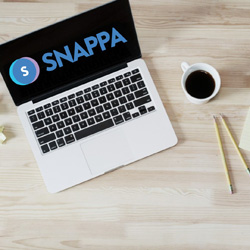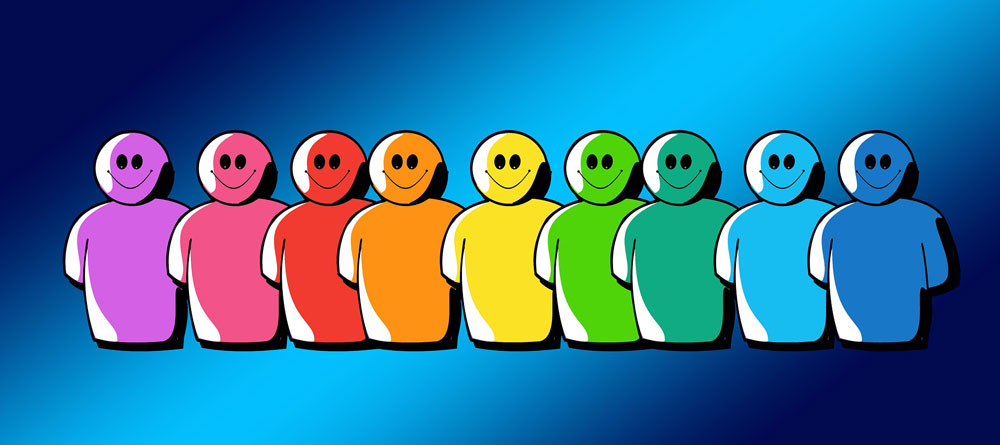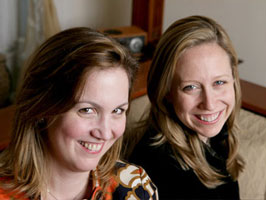Respecting Your Clients’ Uniqueness
This page may contain links to Amazon.com or other sites from which I may receive commission on purchases you make after clicking on such links. Read my full Disclosure Policy

Years before I heard of professional organizers, I noticed that time management and organizing were easier for me than they were for some of the other people I knew, and wondered if I could teach these skills to others. After completing the Myers-Briggs Type Indicator®,(MBTI®), I learned that I was born with personality type preferences (ISTJ) that naturally tend towards systems and order.
When I explored the subject further, I learned about the organizing profession, and discovered that many were drawn to the field because they had the same or similar personality types to mine. It made sense to me that people who are naturally organized would enjoy this type of work. It soon became apparent, however, that the kinds of systems that work for us wouldn’t necessarily be effective for people for whom organization was less comfortable. They may be able to manage it for a while, but will most likely slip back into their old ways after not too long. It’s like learning to write with your non-dominant hand – you can do it if you have to because of an injury, but you’ll go back to doing what comes naturally as soon as you’re able to.
That is not to say that only people who are born with those personality type preferences can be organized – not at all! I’ve met many organizing consultants who are successful because they have a thorough understanding of what it’s like to struggle with organizational challenges, and have developed specialized strategies for overcoming those challenges which they are able to share with their clients.
As a qualified MBTI® practitioner, I was invited to speak to a group of professional organizers about this topic last week. When one of them asked me the best way to convert clients to their way of organizing, I explained that rather than trying to make the clients fit into their systems, they need to adapt their systems to fit their clients. There is no such thing as a “one size fits all” organizing solution!
If your client has difficulty using a detailed to-do list and schedule, look for alternatives. One person has created an adaption of David Allen’s Getting Things Done system by using a Cambridge Wirebound Notebook with Avery removable colored write-on tabs
to divide the pad into several sections representing the various projects he’s using it for, e.g., job hunting, household projects, medical notes, household repairs, shopping notes, gift ideas. If he needs more room in a section, he creates another section with a write-on tab.
In each section, he keeps Daily and Project logs with the following column headings:
Date/time Entry: log, notes, thoughts Next to do
By identifying an immediate “next to do” action, it is easier for him to jump back on the project or task when time allows, and keeping a running log with thoughts, notes and feelings enables him to pick up where he left off. It is important for him to remember his feelings and thoughts on a particular project to keep up the momentum, since that’s how he makes his decisions and gets motivated.
He uses colored pens and markers to keep it interesting, and to break it up. The spiral allows him to rip out and redo pages when necessary, to keep the log looking neat. Rewriting his notes helps him think things through, since he considers himself an auditory / kinetic learner who has trouble visualizing and thinking without words.
This is just one example of how a traditional left-brained organizing strategy can be adapted to meet the needs of a right-brained creative individual. For more insight on this subject, read any of the following titles.










